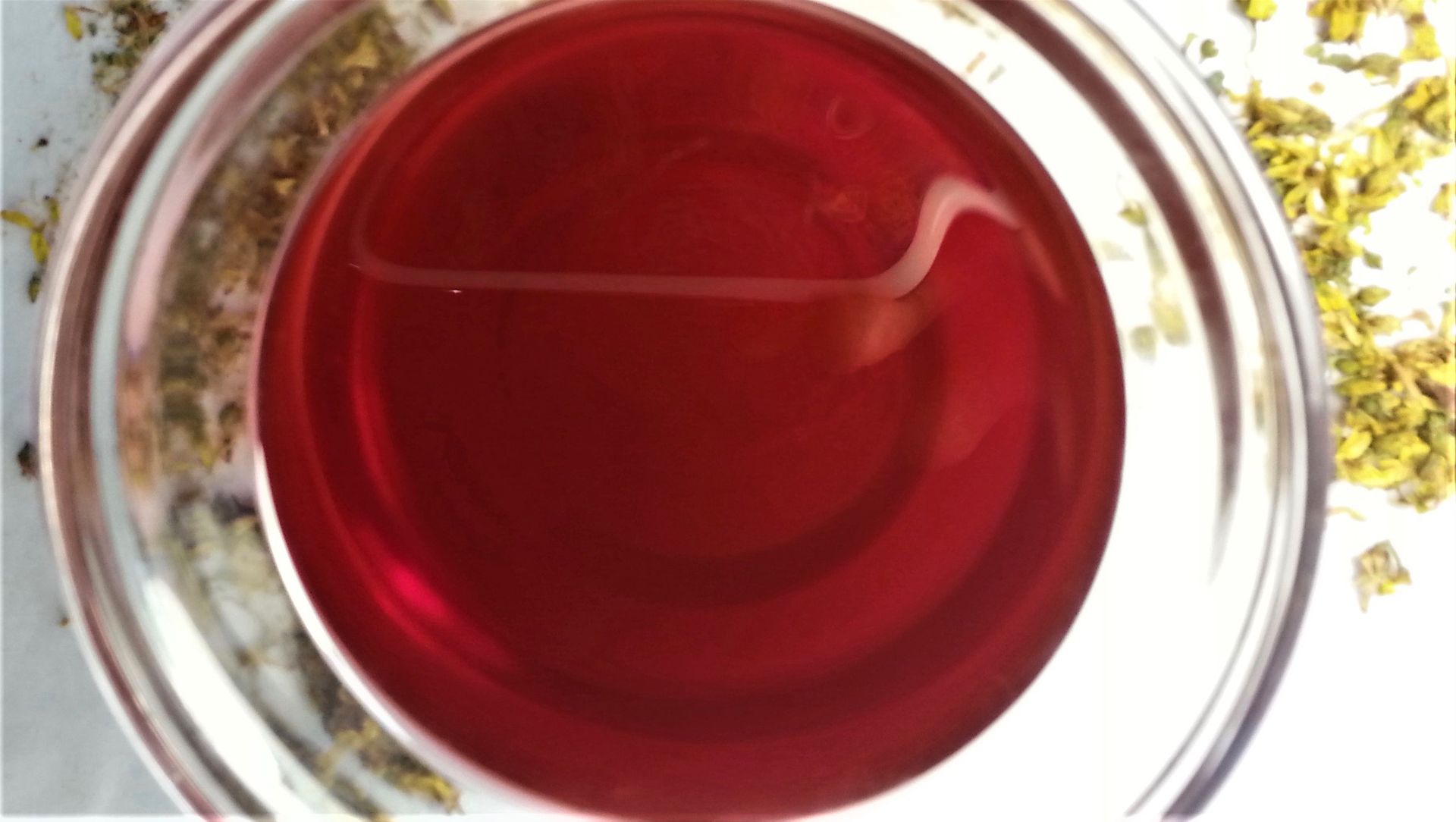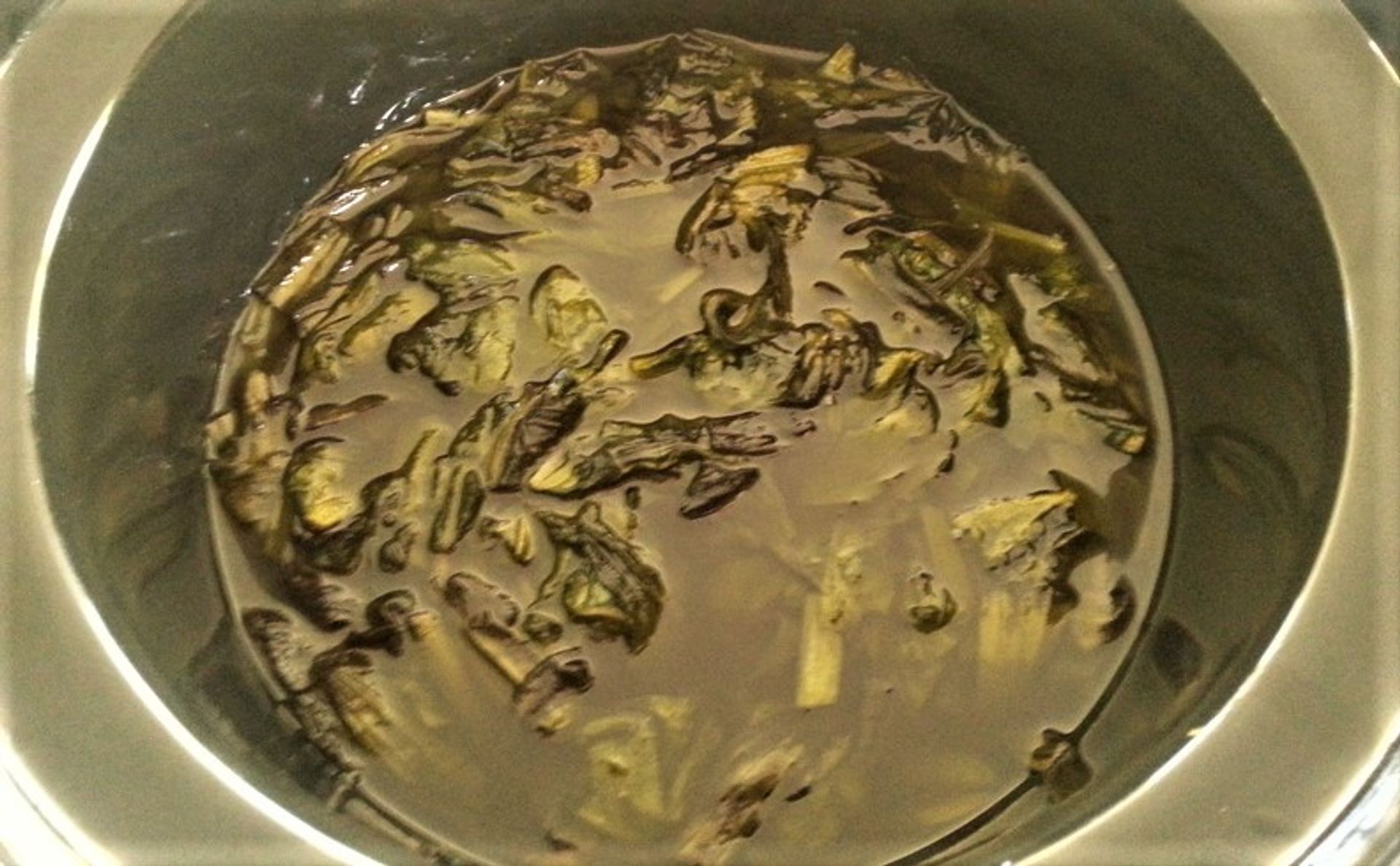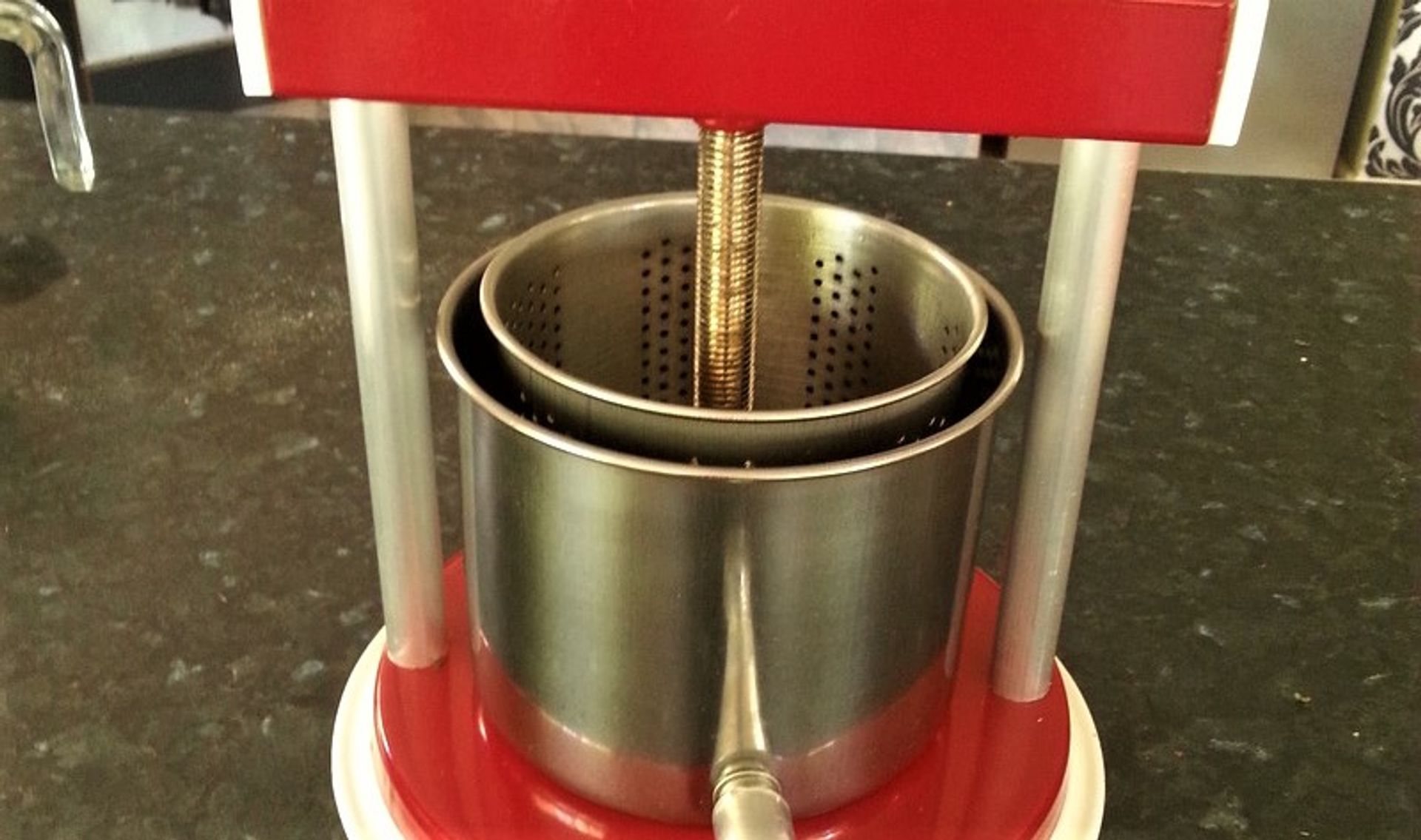Herbal Infused Oils
May 2016
Herbal infused oils are a way of extracting the healing properties of herbs into a form that can be used externally. The oil can be then used directly on the skin to treat a number of ailments such as burns, cuts, sore muscles, eczema or as a massage oil.
Herbal infused oils are also the basis for salves, where the oil is mixed with beeswax, and creams, where the oil is mixed with water and other ingredients. Salves provide a barrier while creams are more readily absorbed into the skin.
Herbal infused oils are not difficult to make and can be made with any variety of herbs and oils. I usually use almond oil when making oils that I am going to use directly on the skin or in creams, and for salves, I usually use organic sunflower oil. The main thing to remember when making and using herbal infused oils, is that water is the enemy. Never let water anywhere near your oil as this may cause the oil to spoil and go rancid and make sure that all the containers that you use are completely dry.

To make a herb infused Oil
There are two ways to make an infused oil – warm (fast), or cold (slow).
You can use either fresh or dried herbs/flowers but if you are using fresh then make sure you wilt the herbs for a few hours before chopping them up. This will allow excess moisture to evaporate as too much water can ruin the oil. Dried herbs can be safer in terms of moisture but may not produce as potent an oil. I have had great success in using fresh herbs but I am always aware that an oil can spoil. I also tend to only use the warm method for fresh herbs (except for hypericum which I will discuss later).
Harvest your herb leaves and flowers on a nice sunny day after all the dew has evaporated.
Once you have your fresh or dried herbs, then cut them up (but not using a food processor) to get as much surface area as you can. When making Hypericum oil use only the flowers and bruise the flowers with a rolling pin. When I am using dried calendula flowers, then I do use a food processor to break up the flower heads.

Cold Infused Oil
Making a cold infused oil is very simple. Simply put the cut up herbs in a jar and cover with oil. Pack the jar tight and nearly full if you are using fresh herbs and half full if you are using dried herbs. I usually use only dried herbs for a cold infusion (again the worry about water) except when making hypericum oil which has to be made with fresh flowers and put in the sun for a few weeks.
Cover your herbs with oil. Make sure no water gets into the jar (I know I am repeating myself but water is the enemy of infused oils). Fill the oil to within a couple of cms of the top of the jar and put the lid on tightly. Leave the oil to steep for a few weeks – usually 5-6 weeks are a good time. Try to turn and shake the jar every day just to make sure everything is covered in oil.

This photo shows comfrey being infused in organic sunflower oil in the crock pot using the warm method of oil infusion.
Warm infused Oil
To make a warm infused oil, I use a slow cooker for which I have a thermostat that regulates the temperature. Place the wilted, chopped herbs into the slow cooker, only just cover the herbs with your oil of choice and then slowly steep the mixture for 4-5 hours at between 70-80 degrees c. You can do the same process in a saucepan on the cook top but I have found that it is very difficult to keep the temperature low enough to stop the herbs from cooking. You can very easily end up with nicely fried herbs! If I have a small amount of oil that I am making then I will put the herbs and the oil into a Pyrex jug, fill the slow cooker with water and the place the jug with the herbs and oil into the water. Effectively making a water bath. If you don’t have a thermostat for your slow cooker (and most people won’t) then you need to be a human thermostat. Place a thermometer into the oil and check the temperature. Turn the cooker off and on to try to maintain the temperature between 70-80 degrees. Be aware that the oil will keep heating for a while even after the slow cooker has reached the temperature that you want and that the oil will retain the heat for a while. After 4- 5 hours, switch the slow cooker off and I usually leave the oil in over night or even a day or two.
Straining the Oil
Once the oil is ready then you will need to strain the oil to get rid of the herbs from the oil. I am fortunate to have a small fruit press which makes this job so much easier and less messy and also means that you can extract more of the precious oil. Without the fruit press then you need to strain the oil through some kind of cloth. Make sure you squeeze the herbs really hard to try to extract as much oil as you can. Bottle and label the oil and store it a dark, cool place. It will have a shelf like of about a year.
